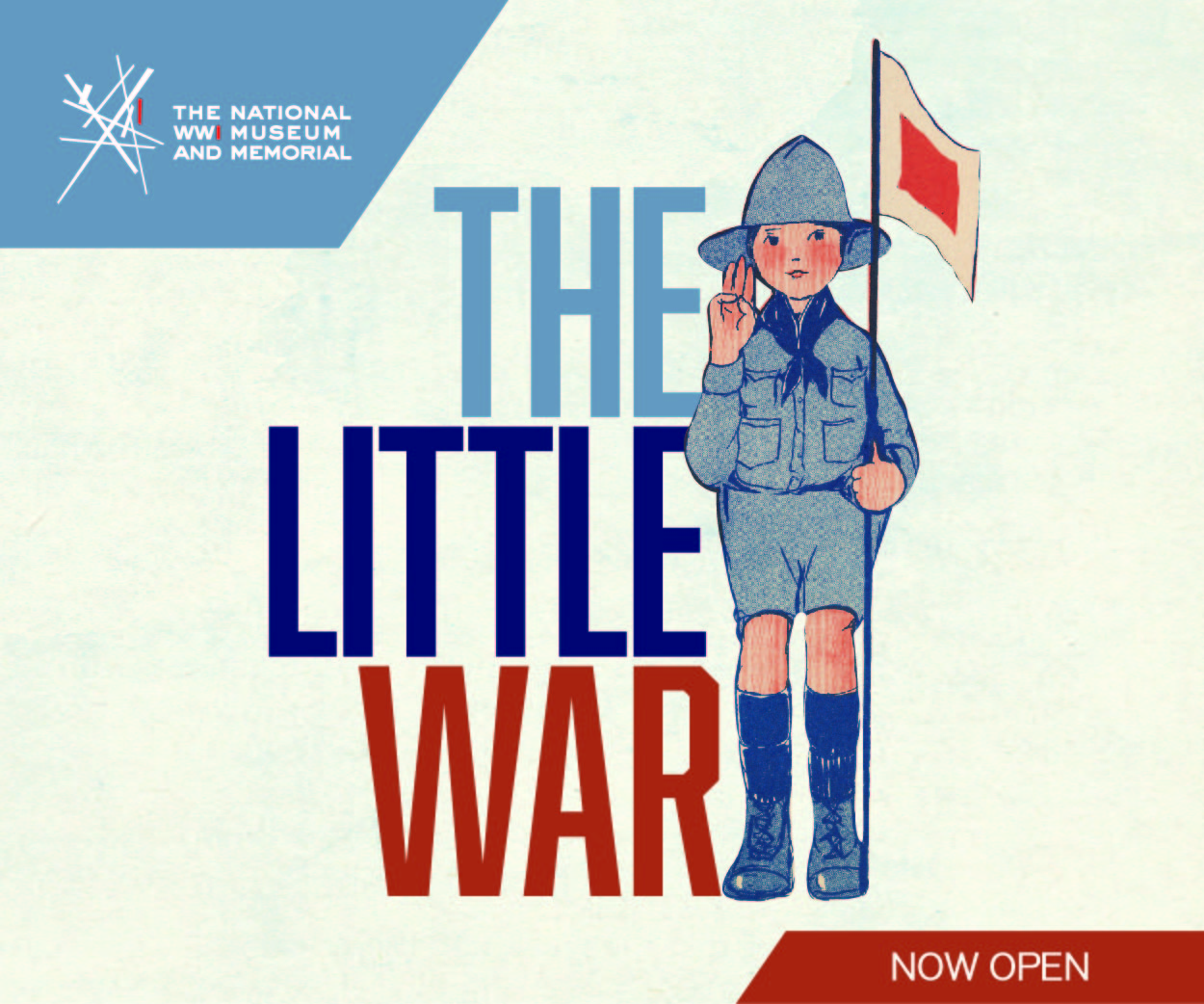Our maven of entertaining gives a refresher on how to be a stellar restaurant guest.

You’ve probably had an experience similar to one I had on a recent Saturday night. I was dining with a friend at a restaurant. A group of customers entered, were seated and quickly became so loud that at surrounding tables, perfect strangers made startled eye contact. Don’t get me wrong: it’s great to see people having a marvelous time, but these women were shrieking like kindergartners and sounded like ten people, not five. It would have been comical, but my friend and I kept having to repeat ourselves because we couldn’t hear each other talk.
Voices carry, some more than others. We need to keep ours at a moderate level. That is my first point of suggested behavior at restaurants.
But First, a Word About Restaurant Dining
If the pandemic taught us anything, it is how wonderful yet fragile is a restaurant. We had taken for granted they would always be here—soothing places open solely for us to be taken care of, a remedy for hunger and our need to socialize. Joni Mitchell, when she sang “you don’t know what you got ‘til it’s gone” was probably not talking about the fabulous restaurant at Webster House, an early victim of the pandemic, but the words fit for how I felt when it closed. To my mind, dinner with friends at a nice restaurant is never a waste of money; besides treating ourselves to a good night, we are supporting a delicate ecosystem that brings joy and comfort—not to mention livelihoods!—to many more than me. Here are some further behavioral tips for dining out in Kansas City’s upscale restaurants.
Honor Your Reservation
A no-show or late arrival costs the restaurant and staff in lost revenue and tips. “It hurts us and the other people who want the chance to come in,” says Nancy Smith, who, along with her husband, James Beard award-winning chef Michael Smith, are proprietors at Farina, one the metro’s most well-regarded restaurants.
Nancy says most people are gracious enough to let restaurants know when they can no longer attend; it benefits everyone if you do this as soon as possible. “When making last-minute plans, never assume a popular restaurant is booked for the night, even though it might have appeared that way the last time you were looking for a reservation. Always call or check online to see if there might be a table that has opened up. Give us a chance to seat you.”
Get Suitably Dolled Up
When dining in a nice establishment, dress the part. Most Kansas City restaurants don’t have a dress code posted on their website, and you could probably get away with wearing shorts, flip-flops, a track suit. But dressing up shows respect for the restaurant, your fellow diners, and the occasion.
“Kansas City likes to dress for dinner,” Nancy says. “We have customers from out of town who comment on how sharp everyone looks, the women as well as the men.”
Treat the Staff with Utmost Respect
Restaurant servers work hard to take care of their customers, and most are passionate about giving top-notch service. “Going out to eat is expensive,” says Peter Crump, a seasoned waiter at the venerated Lidia’s Kansas City, “and that’s why the food and service need to really be on point for people to feel like they’ve gotten their money’s worth. This is always on our minds.”
It’s polite to suspend conversation, look at your server, and listen when they are talking. Use eye contact or a friendly wave when you need to get your server’s attention.
Keep Phone Usage to a Minimum
Some etiquette specialists say phones should never be on the table. But it’s unrealistic to ask people to put their phones away completely for the duration of the meal. “People like to take pictures, send pictures, google wines, we get it,” says Peter. For so many of us, it’s such a habit to then start checking email and scrolling through social media, but that becomes a distraction and can affect the dining experience for everyone. This is the time to put our phones away.
Send Food Back Sooner Rather than Later
Let your server know right away when there is a problem with your meal. “We want to get it right,” says David Grime, a server at Farina. “The sooner you let us know, the sooner we can get it fixed.” Issues happen most frequently with red meat, says David. “We understand completely when it is over or undercooked. Once we bring the food to the table, we check after a bit to make sure it is right. That’s the best time to let us know versus at the end of the meal.”
Peter says “the kitchen never asks questions. They want you to be happy, even if there’s nothing wrong with the dish. It turns out you just don’t like duck breast. We expedite it.”
Tell Your Server in Advance that You Need Separate Checks
“It is far easier for us to split the bill if you let us know right off the bat,” says David. Computers have made it much easier to split a wine or an appetizer among customers, he says, “but it helps us stay organized and reduces wait time at the end if we know all along.”
It is important to note that separate checks are a courtesy, not a right. Peter tells me that Lidia’s recently enacted a no-split policy for tables over six. Big groups should plan ahead when it comes to how they will pay. “More and more I’ve been seeing larger parties where one person puts the bill on their credit card to get the points, then his friends Venmo him their share later.”
Tip Fairly and Generously
Standard practice in the US is to tip 20 percent for good service, but for many diners, myself included, that is the minimum. Even if you felt your service was sub-par, you still need to tip. Restaurant staff are paid significantly below minimum wage, as tips are intended to make up the bulk of their income. Servers must, out of their own take, tip the bus help, bartender, and other support staff.
I used to think I was doing servers a big favor by tipping them in cash. But my conversations with David and Peter disabused me of that notion. In the end, it just leads to extra paperwork because they have to report the cash to Uncle Sam.
A Final Thought: KC Knows How to Treat People
I expected to hear horror stories of terrible customer behavior from those I spoke with. But all I got was sincere positivity. “For every bad story, I have a hundred good ones,” Peter told me; both David and Nancy concurred. It made me proud to be a Kansas Citian, and it reminded me that I always want to be a good story.
My Very Favorite Restaurant Dish
If I had to pick one from all the menu items I have ever enjoyed in Kansas City restaurants, it would be this appetizer from Farina. It is a staple on their menu.
Burrata and Osetra Caviar
From the cookbook Farina by Michael Smith. Serves two
- 1 large ripe heirloom tomato
- 1 teaspoon fleur de sel (or any quality garnishing salt), divided
- 12-ounce burrata boule
- 1-2ounces Osetra caviar (or splurge on what you can afford)
- 1 tablespoon fresh chives, minced
- High-quality extra-virgin olive oil, for drizzling
Remove tomato stem and discard. Cut two half-inch-thick slices from the tomato. Place tomato slices in the center of an appetizer plate and sprinkle with half the fleur de sel.
Drain burrata on a paper towel and discard the whey water. Cut burrata in half and put each piece on a tomato slice, cut side up. Sprinkle with remaining fleur de sel. Spoon a dollop of caviar onto the center of each burrata half. Sprinkle top with chives and drizzle generously with extra-virgin olive oil.



